1. Saying “Please” and “Thank You” Was Non-Negotiable
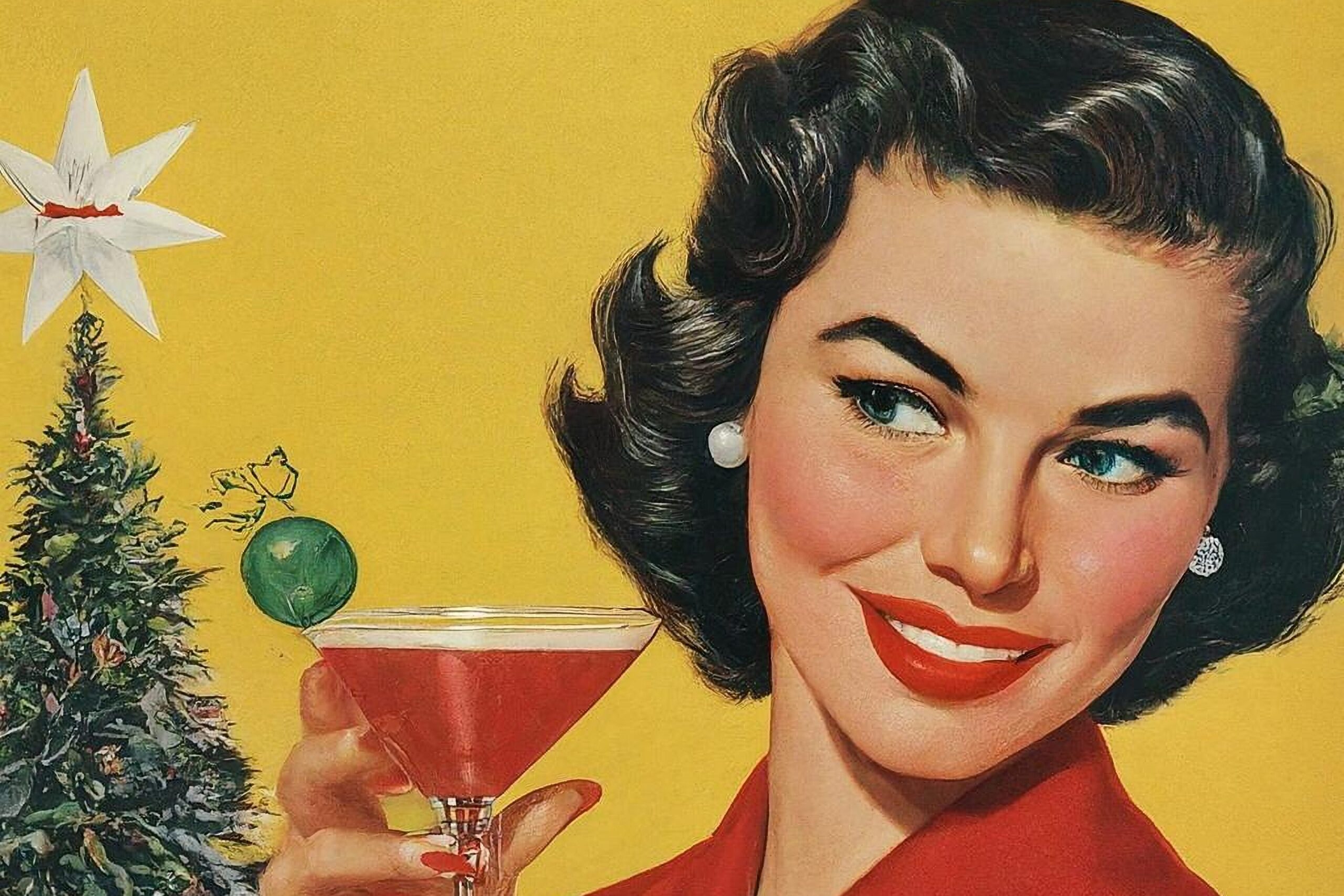
In the ’50s, saying “please” and “thank you” wasn’t just encouraged—it was expected. Whether you were asking someone to pass the salt or thanking a bus driver, these small courtesies were considered essential to good manners. Parents taught their children from an early age that politeness opened doors—figuratively and literally. Today, we might rush through life without pausing for these simple words, but they still carry weight. Using “please” and “thank you” doesn’t just make you more likable; it shows appreciation for others and reminds us to be a little more human.
2. Writing Handwritten Thank-You Notes

If you received a gift or attended someone’s event in the ’50s, you wrote a thank-you note—no excuses. These handwritten messages weren’t about perfection; they were about thoughtfulness. People would sit down with paper and pen, often reflecting on how much someone’s kindness meant to them. Today, a quick text or email has replaced this practice, but there’s something timeless about receiving a handwritten note. It feels personal, intentional, and genuine, which is precisely why it stood out back then and still can today.
3. Men Stood When a Woman Entered the Room

In the ’50s, this simple gesture wasn’t seen as patronizing but as a sign of respect. If a woman entered the room, men would rise from their chairs as a way of acknowledging her presence. It was a quiet, yet powerful, way to say, “I see you, and I respect you.” While this practice has faded over time, its essence—acknowledging and respecting others—still holds value. Even if we’re not standing, we can pause, make eye contact, and show others they’re important.
4. People Didn’t Interrupt Others During Conversations

Interrupting someone mid-sentence was a surefire way to come across as rude in the 1950s. Back then, people were taught to listen carefully and wait their turn to speak. It wasn’t just about politeness—it was about valuing what others had to say. Today, with constant distractions and rapid-fire conversations, it’s easy to cut someone off without realizing it. But taking the time to truly listen can strengthen relationships and make conversations more meaningful.
5. Punctuality Was a Sign of Respect

Being “fashionably late” wasn’t a thing in the 1950s. If someone said they’d arrive at 7:00 PM, you could expect them at 7:00 PM—sharp. Being on time wasn’t about being uptight; it was about respecting other people’s time. Whether it was dinner with friends or a business meeting, punctuality showed that you valued the event and the people involved. Today, while plans can feel more casual, showing up on time still speaks volumes about your reliability and character.
6. Dressing Appropriately for Every Occasion
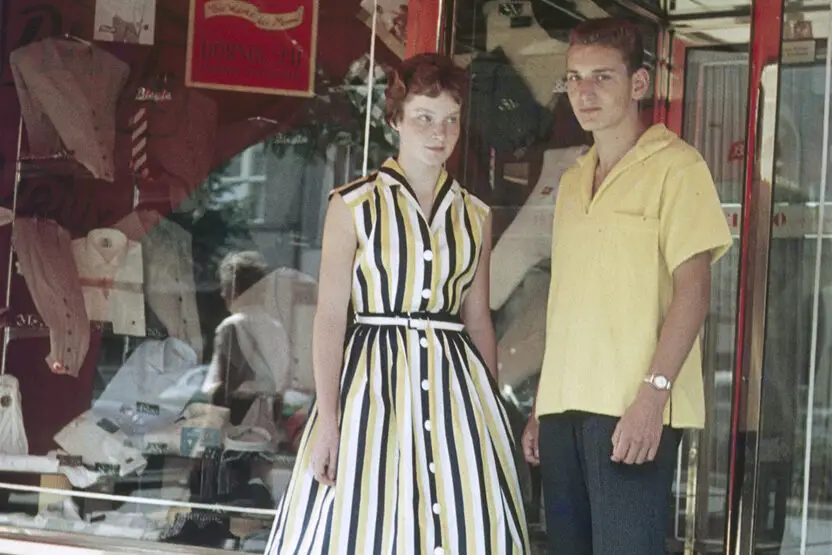
In the ’50s, you dressed the part—no matter where you were going. Whether attending church, visiting someone’s home, or even flying on a plane, people wore polished outfits. It wasn’t about vanity; it was about respect for the occasion and those around you. While modern life is much more casual, taking the time to dress well can still make you feel confident and show others that you care about the moment.
7. Holding the Door for Others

Holding the door wasn’t limited to men helping women—it was a universal act of courtesy. If you were walking through a doorway and someone was behind you, you held it open. It was a small, effortless gesture that made the world a little more considerate. Today, this simple act of kindness can still brighten someone’s day. It costs nothing but leaves a positive impression.
8. Phone Calls Were Made at Appropriate Times
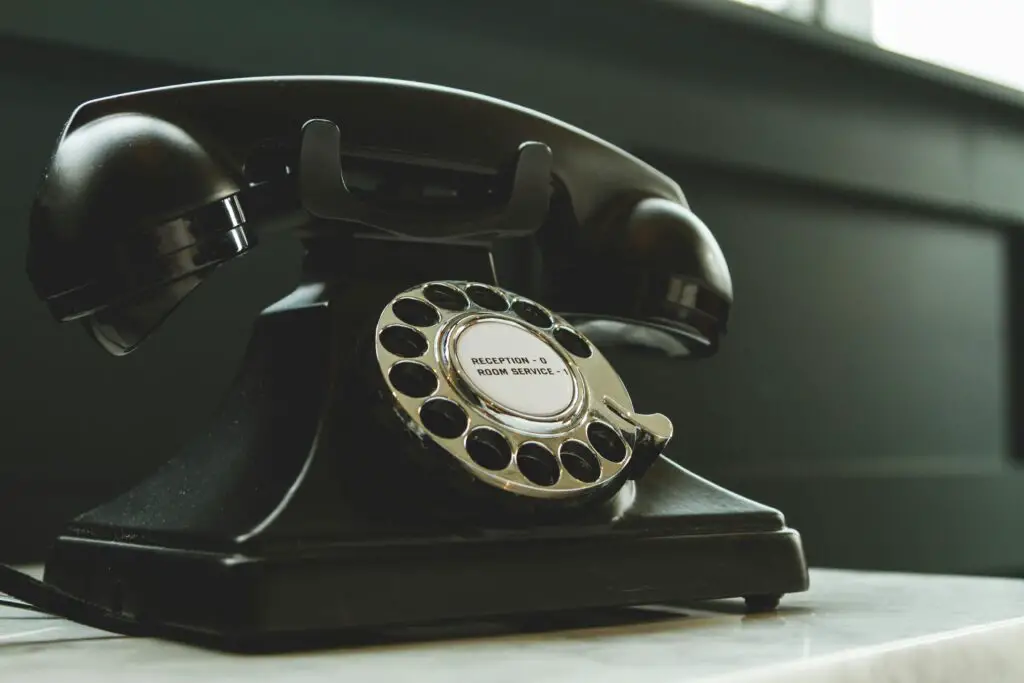
In the 1950s, you wouldn’t dream of calling someone during dinner or late at night. Phones were a lifeline, but they were also treated with respect. People scheduled calls during reasonable hours and often kept them short and purposeful. With modern technology keeping us connected 24/7, boundaries have blurred. But respecting others’ time—whether with texts, calls, or DMs—is still a sign of good manners.
9. Asking Permission Before Borrowing Anything
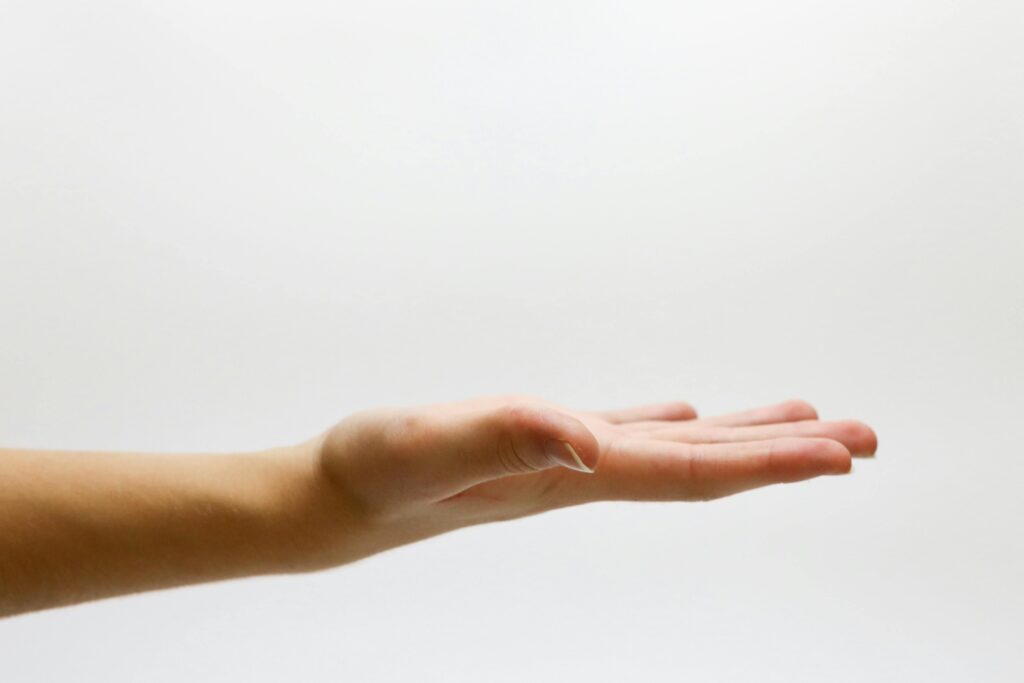
Whether it was a book, a tool, or even a pen, borrowing something without asking was seen as inconsiderate. In the ’50s, people were raised to always ask first and return items in better condition than they found them. This wasn’t just about respecting belongings; it was about respecting trust. Today, with shared spaces and communal tools, this rule is just as relevant. Asking first avoids misunderstandings and keeps relationships harmonious.
10. Addressing People Formally Unless Told Otherwise

In the ’50s, it was “Mr. Smith” or “Mrs. Johnson” until you were invited to use first names. Formal titles were a sign of respect, particularly with elders or people in positions of authority. Today, our culture is more relaxed, but there’s still wisdom in erring on the side of formality. It shows humility and respect while giving others the chance to set the tone.
11. Chewing with Your Mouth Closed

This might seem basic, but in the 1950s, table manners were a big deal. Chewing with your mouth closed, using utensils properly, and not talking with food in your mouth were lessons drilled into kids early on. Good table manners were seen as a reflection of your upbringing. Even today, practicing these habits shows consideration for others and allows everyone to enjoy their meal in peace.
12. Giving Your Seat to Someone Who Needed It

Whether on a bus, in a waiting room, or at a family gathering, it was common courtesy to give up your seat for someone older, pregnant, or unwell. It wasn’t just about following a rule—it was about empathy and awareness. Today, this small act of kindness can still make a huge difference. It’s a simple way to show that you care about others’ comfort.
13. Keeping Personal Conversations Private

Back in the ’50s, personal matters were discussed behind closed doors, not in public. People were mindful of who could overhear their conversations and kept private matters…well, private. In today’s world of oversharing, there’s something refreshing about exercising discretion. It preserves dignity and keeps unnecessary drama at bay.
14. Walking Quietly and Respectfully in Shared Spaces

Whether at church, the library, or even someone else’s home, people in the ’50s were careful to move quietly. Loud footsteps, slamming doors, or shouting indoors were seen as disruptive and rude. It was about being aware of your environment and showing respect for others around you. Even today, a little mindfulness in shared spaces can go a long way.
15. RSVPing to Invitations Promptly
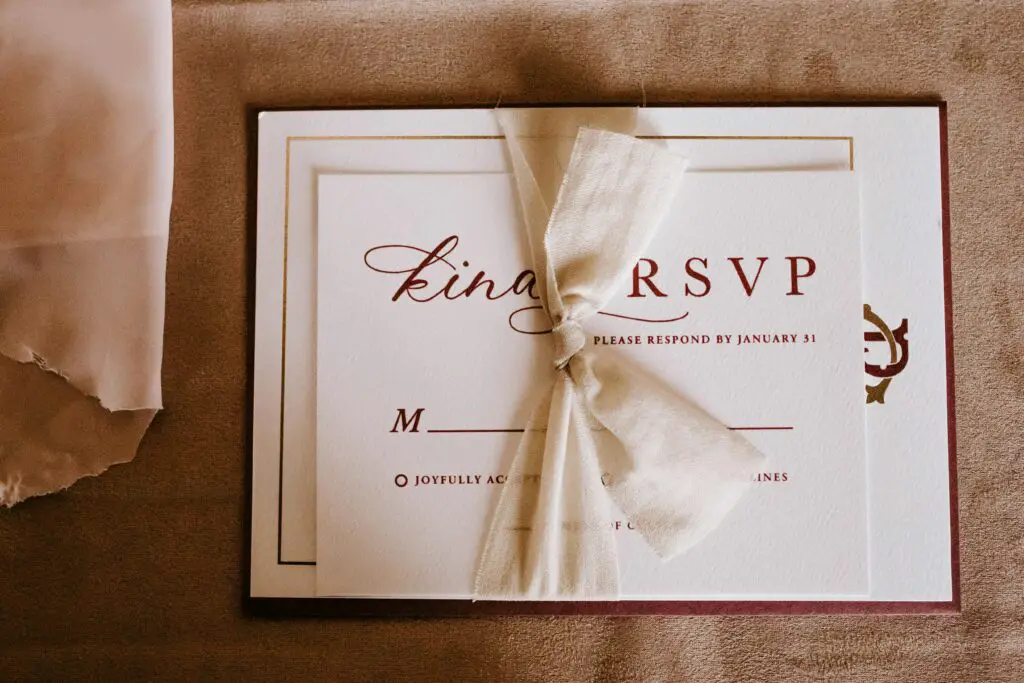
When someone sent you an invitation in the 1950s, you responded—quickly. RSVPing wasn’t just a logistical matter; it was a courtesy that showed appreciation for the invite and respect for the host’s planning. These days, it’s easy to delay or ignore invitations, but responding promptly is still a sign of good manners. It lets the host know you value their effort and helps everyone prepare for a smooth event.


